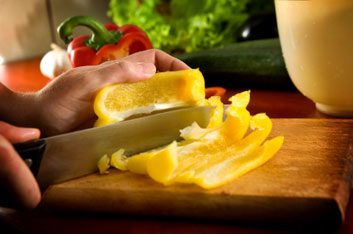
1. What surface do you use when chopping produce and meat for dinner?
a) The countertop.
b) Your favourite large cutting board.
c) A different board for different types of food.
Answer >>

Answer: c) A different cutting board for different types of food is ideal.
There’s no definitive research on whether wooden, plastic or glass boards are the most hygienic. But keeping one board each for produce, meat and ready-to-eat fare is a good idea, says Catherine Semple, a food microbiologist at the Canadian Food Inspection Agency in Ottawa. “What matters most is the board’s condition and how well it’s cleaned. All cutting boards can get cracks and crevices that could harbour bacteria, so discard damaged boards.”
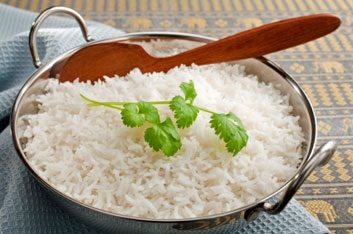
2. When you have leftover rice, how do you store it?
a) Let it cool, then refrigerate it.
b) Put it into containers and place in the fridge while it’s still warm.
c) Keep it in a pot or bowl on the stove or counter until you want to reheat it for your next meal.
Answer >>
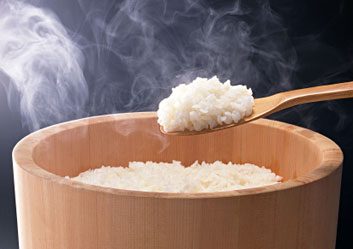
Answer: b) Refrigerate rice promptly.
While cooked rice may seem benign, it could contain a toxin from the bacteria Bacillus cereus, which causes vomiting and diarrhea. Cooking the rice kills the bacteria, but they leave behind resistant spores, which multiply and produce toxins at room temperature. “Eat rice hot and, as soon as you’re done, put leftovers into a shallow pan [in deep containers, rice takes too long to cool] in the refrigerator,” says David Waltner-Toews, author of Food, Sex and Salmonella and a professor of epidemiology at the University of Guelph.
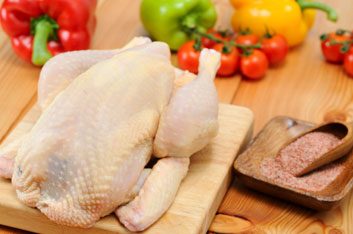
3. What foods can be contaminated with salmonella, a common cause of illness?
a) Raw and undercooked chicken and eggs.
b) Cantaloupe, bean sprouts, tomatoes and lettuce.
c) All of the above.
Answer >>
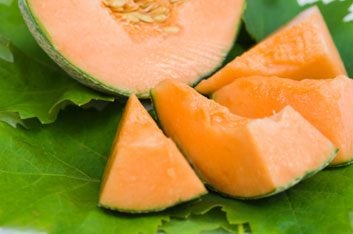
Answer: c) All of the above.
A wide range of foods, including undercooked chicken and eggs, as well as bean sprouts, cantaloupe, tomatoes and lettuce, have been contaminated with salmonella bacteria. Lettuce is the produce most commonly linked to food-borne illnesses. A 2007 study at the U.S. Department of Agriculture found that salmonella and E. coli grew in higher numbers on inner romaine lettuce leaves than on the middle and outer leaves, possibly because the nitrogen that bacteria need to grow is more plentiful on inner leaves. “Foods that people eat uncooked and that are shipped long distances, like some berries and bagged salads, are particularly risky because they may come from areas where farm workers might not have proper toilets or washing facilities,” says Waltner-Toews. He recommends buying local foods because not only are they not shipped as far (so there is less time for bacteria to grow), they may have been handled under more hygienic conditions.
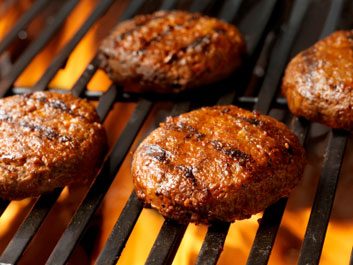
4. How do you cook a hamburger?
a) Well done, checked with a meat thermometer.
b) Rare or medium-the same way you like your steak.
c) If it looks cooked, it’s fine.
Answer >>

Answer: a) Well done, checked with a meat thermometer.
Ground beef can contain potentially lethal E. coli bacteria, so it’s only safe after it reaches 71°C, which destroys
E. coli. Order your burger “done to 71” at restaurants and buy a new-generation digital instant-read thermometer for burgers cooked at home. You can’t judge a burger just by its colour, warns Semple. “If beef has been frozen, for example, its colour chemistry may have changed so that when heated, it turns brown prematurely.” And don’t forget to use clean utensils and serving dishes once it’s cooked, to avoid cross-contamination.
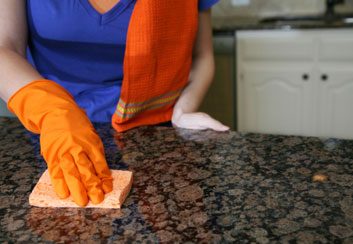
5. How do you clean your counters after food preparation?
a) With a damp sponge or cloth.
b) With soap and water followed by a sanitizer.
c) With antibacterial wipes or spray.
Answer >>
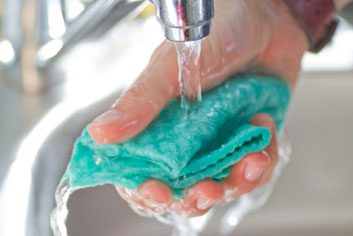
Answer: b) Clean counters with soap and water plus sanitizer.
“Some people think sanitizer alone is the magic bullet,” says Lisbeth Truelstrup Hansen, a food safety specialist at Dalhousie University. But first you need to wash counters with soap and water to reduce pathogens. Then use a sanitizer, such as a bleach solution, to zap remaining bugs.
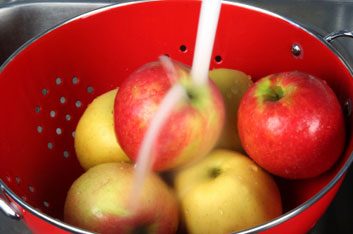
6. Which fresh fruits are most important to wash before eating?
a) Apples, peaches, plums and pears.
b) Pineapples, lemons and cantaloupes.
c) All of the above.
Answer >>
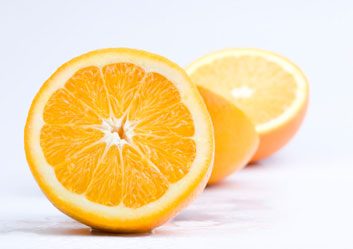
Answer: c) All of the above.
We automatically wash the fruits we don’t need to peel (such as apples and pears), yet the porous, rough surfaces of foods such as pineapples, citrus fruits and melons can also harbour bacteria, viruses and parasites. “Wash them thoroughly under clean running water with a soft-bristled scrub brush [that is sanitized after each use], so you don’t transfer anything from the surface of the food to its flesh when you slice into it,” says Semple.
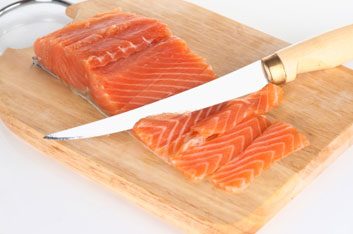
7. What’s the best way to prevent diarrhea and illnesses caused by food-borne viruses and bacteria?
a) With a flu vaccine, since diarrhea means you have stomach flu.
b) With regular, thorough handwashing using soapy water.
c) With hygienic preparation of food and thorough cooking.
Answer >>

Answer: b) and c)
Thorough handwashing with soapy water and hygienic preparation and thorough cooking help prevent food-borne illnesses.
While cooking food properly is essential for killing bacteria, parasites and viruses, these organisms can also travel on people’s hands. “Handwashing is one of the easiest and most effective ways to prevent illness,” says Semple. The flu vaccine won’t help prevent diarrhea, which is caused by gastrointestinal illnesses and not by influenza.
Related:
• 5 myths and truths about public washrooms
• 5 hand sanitizers to try
• 7 simple ways to make healthier food choices
